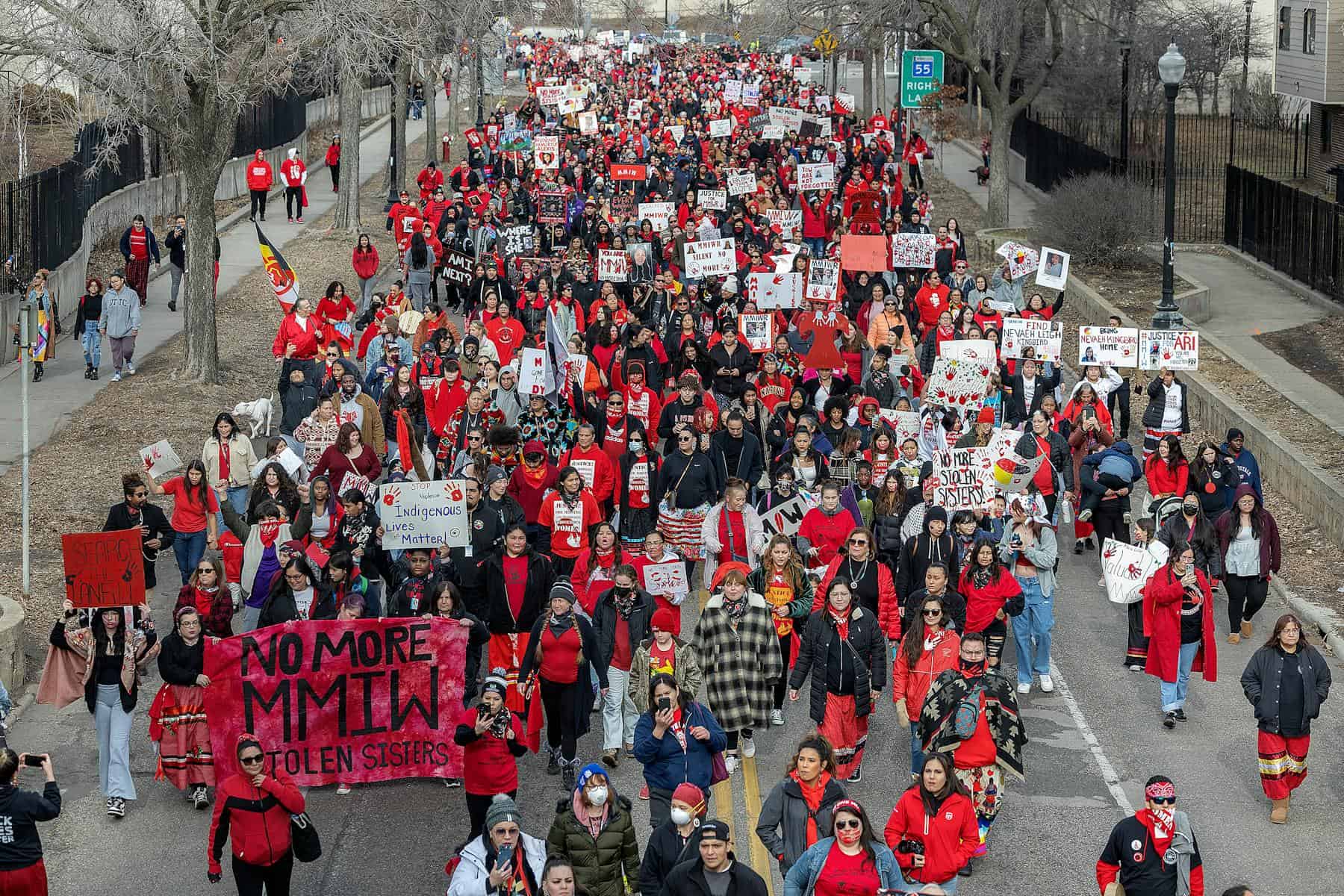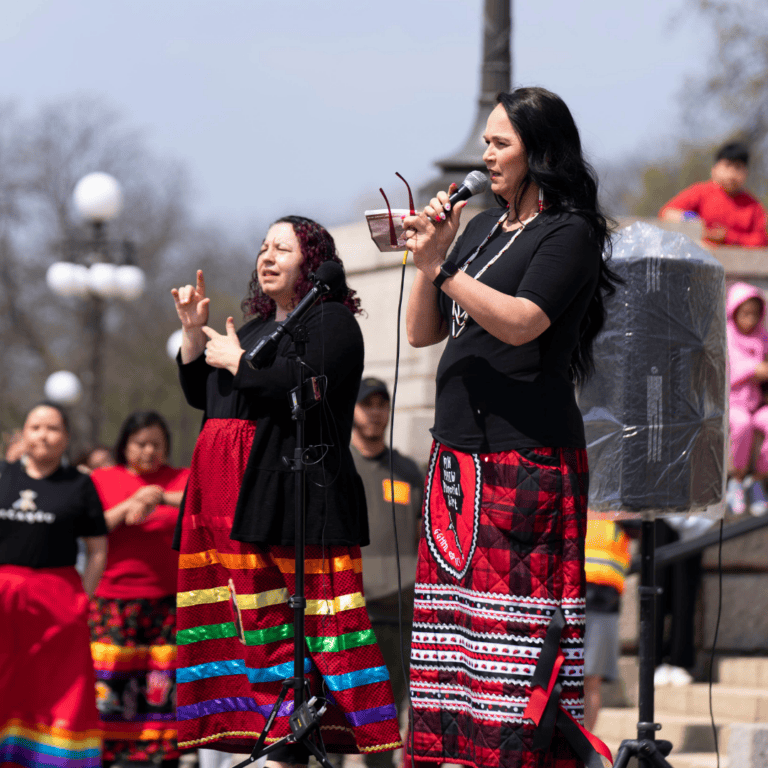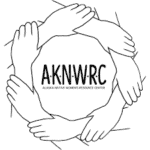MMIP Healing & Response teams
special initiative
Our MMIP Healing & Response Teams Initiative will build on existing Tribal care systems to create a model that can be adapted to support a variety of Tribal communities and organizations.
The Minnesota Indian Women’s Sexual Assault Coalition (MIWSAC) is spearheading the Missing and Murdered Indigenous Persons Healing and Response Teams Special Initiative under the OVW FY24 program in partnership with the National Indigenous Women’s Resource Center (NIWRC) and Alaska Native Women’s Resource Center (AKNWRC). This initiative, inspired by the Not Invisible Act Commission’s recommendations, aims to address the critical issue of violence against American Indian and Alaska Native (AI/AN) women and communities.

MMIP Healing & Response Teams Pilot Site Applications
We’re seeking applicants to help build healing and response teams that support survivors, families, and communities. Applicants should have experience responding to MMIP cases and working with survivors and families.
Want to know more about becoming a pilot site? Download our frequently asked questions (FAQs).
One (1) pilot site will be selected from each of the following three (3) categories:
- Indian Tribal Governments or Tribal Consortiums
- Tribal Coalitions
- Urban Indian or Tribal Nonprofit Organizations

The MMIP HRT focuses on cases intersecting with the following crimes:
- Domestic violence
- Dating violence
- Sexual assault
- Stalking
- Sex trafficking
Goals of MMIP HRT
To establish victim-centered, trauma-informed, culturally responsive service pathways, and to enhance intergovernmental coordination in cases of Missing & Murdered Indigenous Persons.
MIWSAC seeks to empower communities and service providers to respond effectively to MMIP cases, ultimately promoting justice, healing, and self-determination for AI/AN communities.

Please contact Melissa Skeet, MIWSAC MMIP Project Coordinator, at [email protected] for more information.
This project is supported by Grant No. 15JOVW-24-GK-00993-INNO awarded by the Office of Violence Against Women, U.S. Department of Justice. The opinions, findings, conclusions, and recommendations expressed on this webpage are those of the author(s) and do not necessarily reflect the views of the U.S. Department of Justice.




